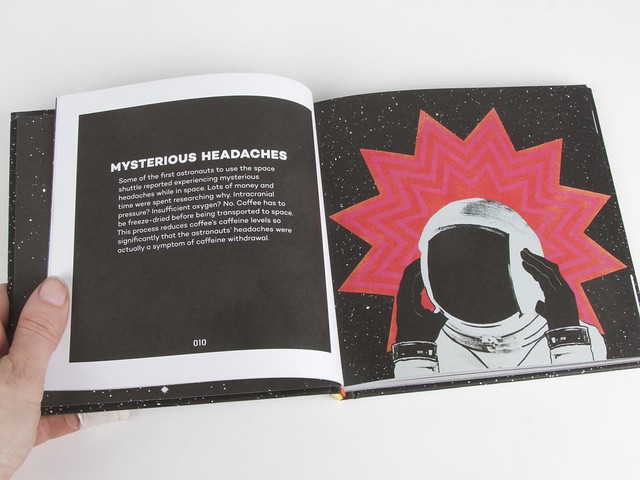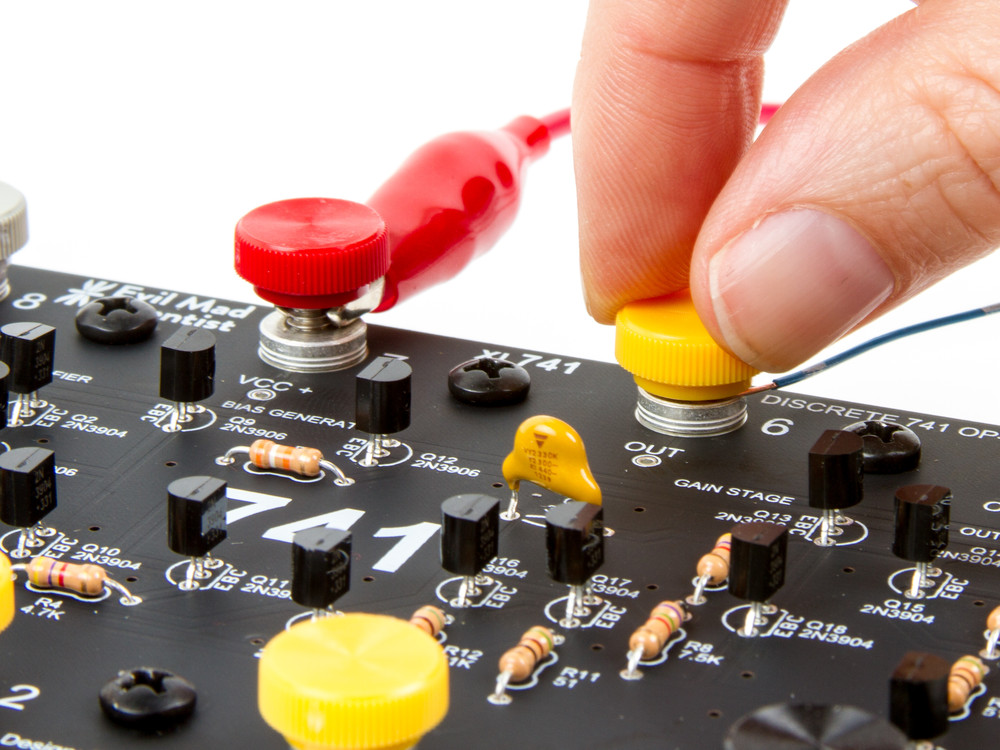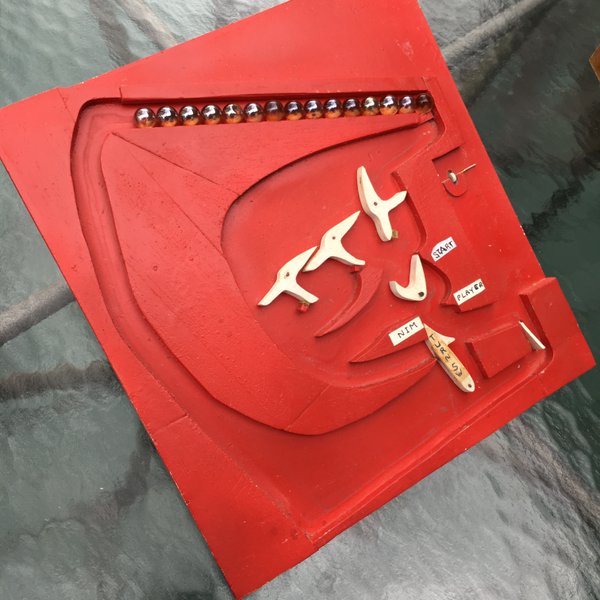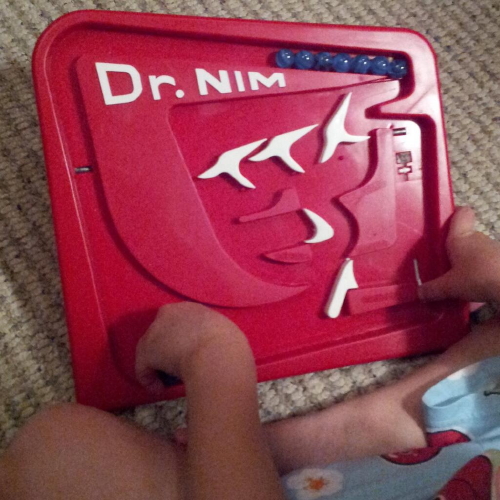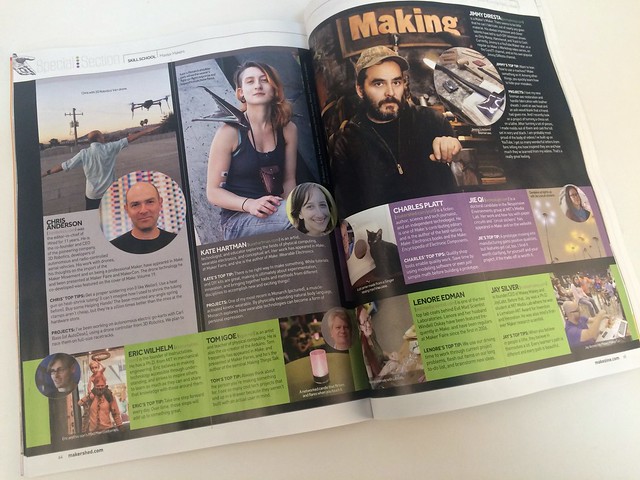I’ve had What’s It Like in Space? sitting on my desk for a few weeks now. It’s a compact book that fits nicely in your hands, with a glittery starfield on the cover. Every so often I pick it up and flip it open to one of the vignettes of astronaut experiences Ariel Waldman has gathered together.
My favorite is titled “Mysterious Headaches” which tells the story of how NASA accidentally sent astronauts into caffeine withdrawal by providing them with insufficiently caffeinated (freeze-dried) coffee.
The brightly illustrated tidbits can be jumping off points for further exploration— inspiring the reader to learn more about a particular bit of science or history. They’re also just plain fun to read, ranging from silly to profound. This makes it great both as a coffee table conversation starter and for anyone with an interest in science and space.





